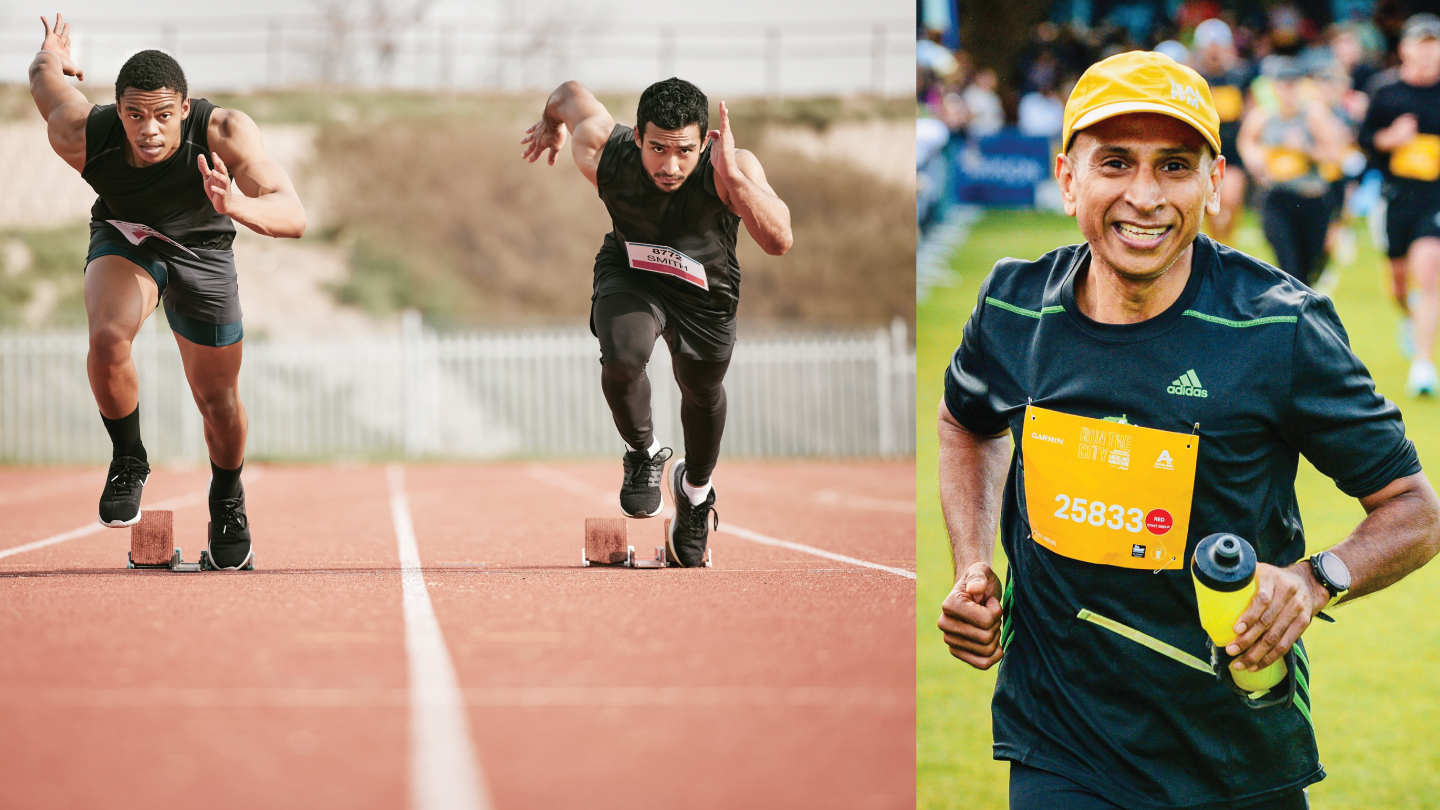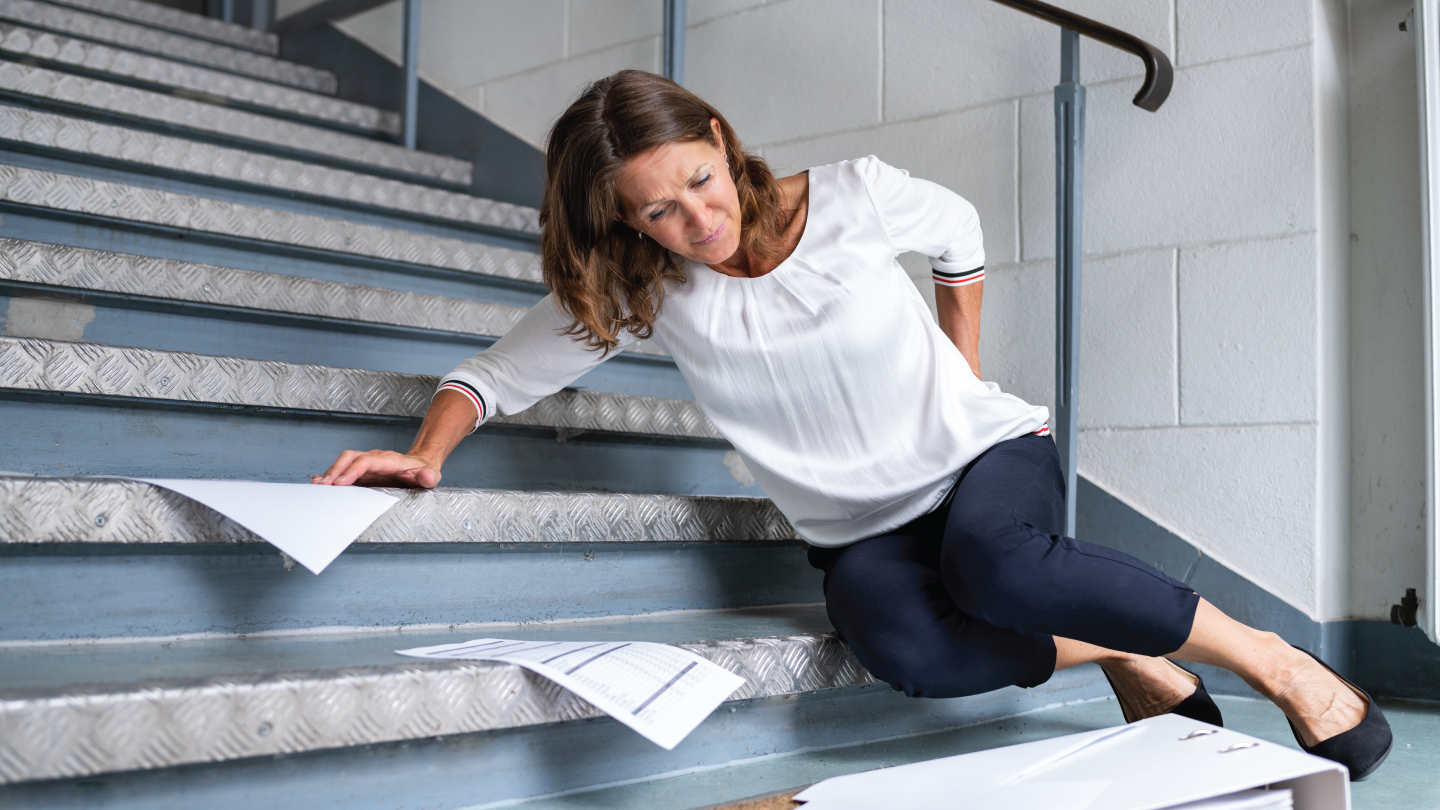Movement
Chair Yoga for Desk-Bound Bodies: Simple Poses to Ease Stiffness and Stress
Shoulders, spine, and mental health all take a toll when living the 9-5 corporate life. Join our expert-led desk yoga webinar, practice simple poses, and relieve that office stress.

Modern work culture binds us to prolonged sitting hours, making our lifestyle sedentary. In fact, according to JLL India, over 90 per cent of correspondents spent at least 3 days in the office in 2024. But sitting at a desk the entire day comes at a cost. It can lead to muscle stiffness in the upper body, back pain, poor posture, and fatigue. Over time, this sedentary routine can also affect your mental health, causing stress and low energy.
This is where chair yoga comes in. It is much easier to do because, unlike traditional yoga, it does not require a mat. All you need is a chair to release that stress. Chair yoga offers simple, accessible stretches and breathing exercises you can do right at your desk. It only takes 10–15 minutes a day to feel more energised, improve spinal health, and reduce stress.
To make this easier, URLife's webinar - Office Yoga For Stress Relief, hosted by Sindhuja Muppalla tells you everything you need to know. She is a certified yoga instructor who teaches various disciplines of yoga, including Hatha yoga, Pranayama, Aerial yoga, and Yin yoga. She has taken multiple yoga certifications and courses, including the Vinyasa Sequencing Workshop and the Advanced Yoga Teacher Training Course (RYT 300).
Related Story: 8 Simple Chair Yoga Poses to Recharge Your Body and Mind
Why Desk Yoga Matters For Office Goers
1. Prolonged Sitting Alters Spinal Mechanics
According to a journal published in MDPI in 2021, around “The Effect of Sitting Posture and Postural Activity on Low Back Muscle Stiffness,” just 4.5 hours of continuous seated posture can increase the risk of lower back stiffness by 15.7 per cent, with most people adopting a forward-slumped lumbar curve. These biomechanical changes, compounded over time, undermine spinal health and amplify discomfort.
2. Discomfort and Cognitive Decline
Prolonged periods of sitting can have negative effects on both musculoskeletal health and cognitive functioning. A study published in PubMed Central (PMC) in 2018, titled "The Short-Term Musculoskeletal and Cognitive Effects of Prolonged Sitting During Office Computer Work," highlights that even after just two hours of sitting, office workers often experience noticeable discomfort in the lower back, hips, and upper limbs. Additionally, there is a measurable decline in cognitive performance, particularly in tasks that require creative problem-solving.
Related Story: Eating for Brain Health And Cognitive Performance
3. Sedentary Behaviour Ties to Broader Health Risks
Inactivity at the workplace is also linked to a broader spectrum of health challenges, like impaired circulation, obesity, increased risk of deep vein thrombosis (blood clot in a vein), hypertension, slowed metabolism, type 2 diabetes, cardiovascular disease, risk of certain cancers, even depression, and cognitive decline. Not just this, prolonged inactivity also contributes to cervical spondylitis.
Related Story: Yoga is for Everyone: Take Inspiration From These Five Body-Positive Influencers
Yoga counteracts sedentary harm while also improving flexibility, strength, posture, balance, circulation, and mental clarity—all achievable without leaving the chair.
Whether you’re battling stiff shoulders after back-to-back meetings or struggling with midday fatigue, chair yoga offers a quick reset for both your body and mind. You don’t need fancy equipment—just your chair, a few minutes, and mindful breathing.
Start small, practise consistently, and you’ll soon notice the difference in your posture, productivity, and overall well-being.
EXPLORE MORE
You’ve done yoga on a mat; now discover the practice that literally lets you fly while toning your core and calming your mind.
From gentle Pilates to mindful breathing, holistic wellness expert Vesna Jacob explains why true postpartum recovery is all about rebuilding trust, strength, and reconnecting with your body.
Sprinting isn’t just for elite athletes; it can transform endurance, strength, and even mental resilience for everyday runners. Coach and marathoner Suresh Srinivasan shares why sprinting deserves a place in your training.
WHO confirms that falls are the second leading cause of accidental injury deaths worldwide. The good part is that most falls are preventable if you take the correct preventive measures. Here’s what an expert has to say about it.






.jpg)



